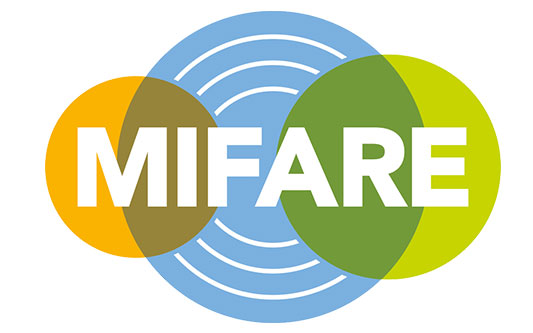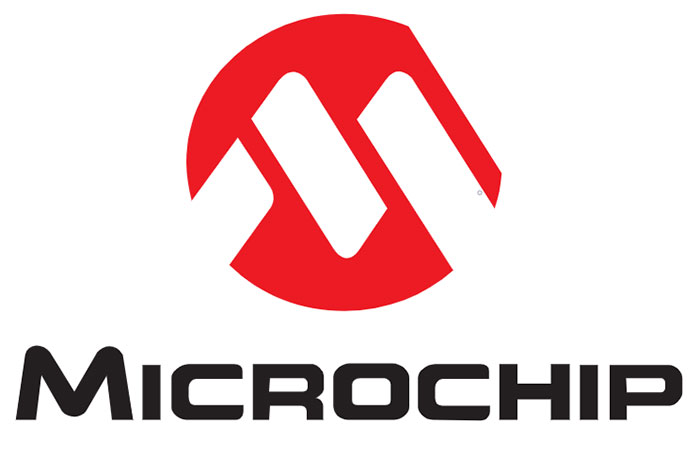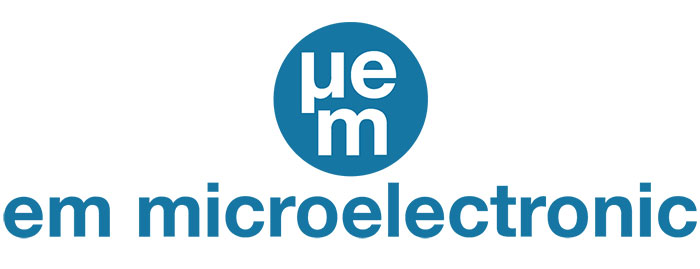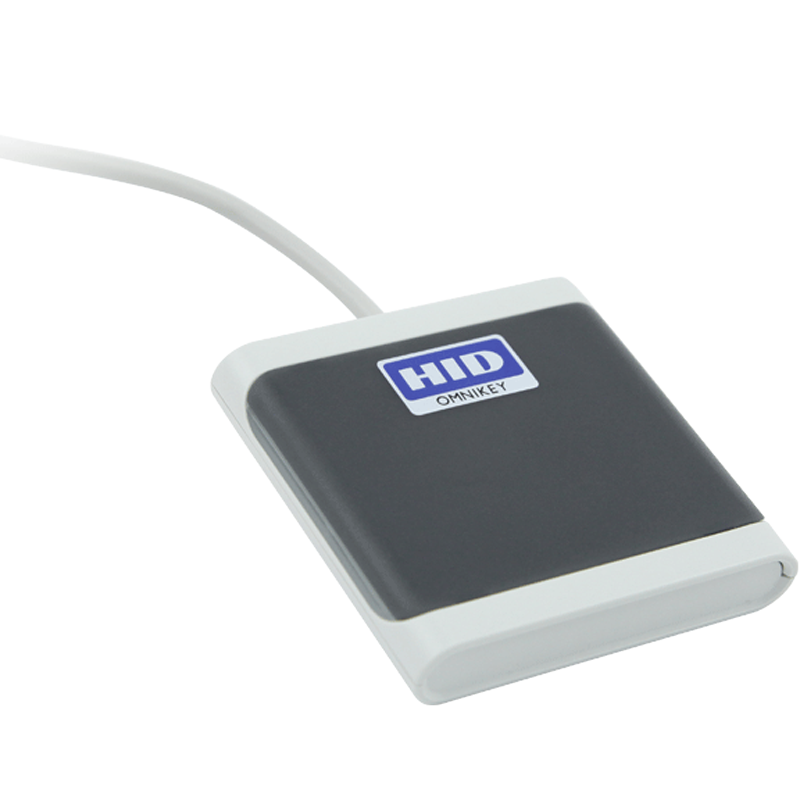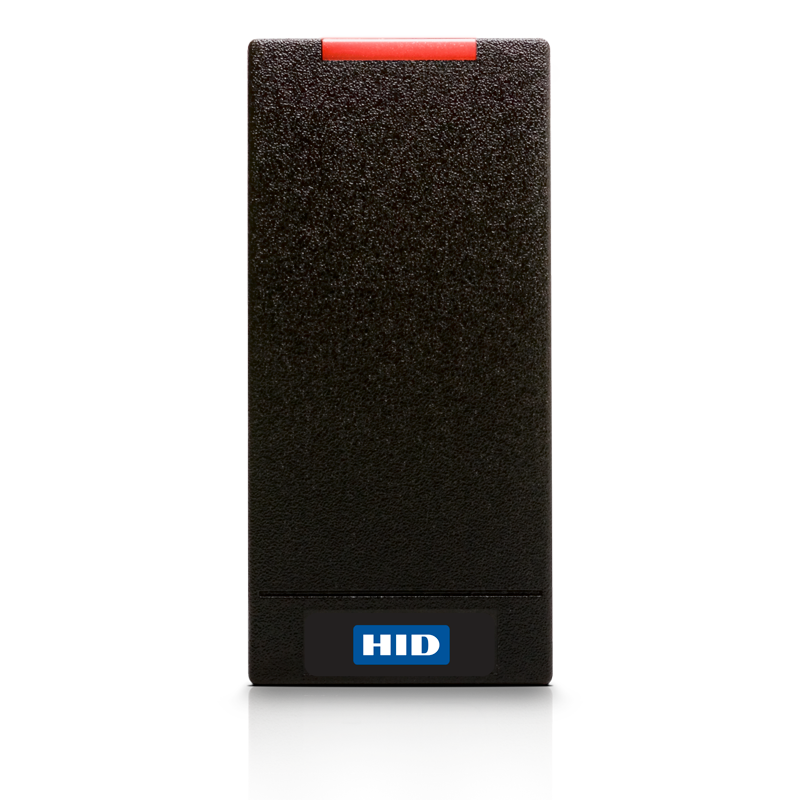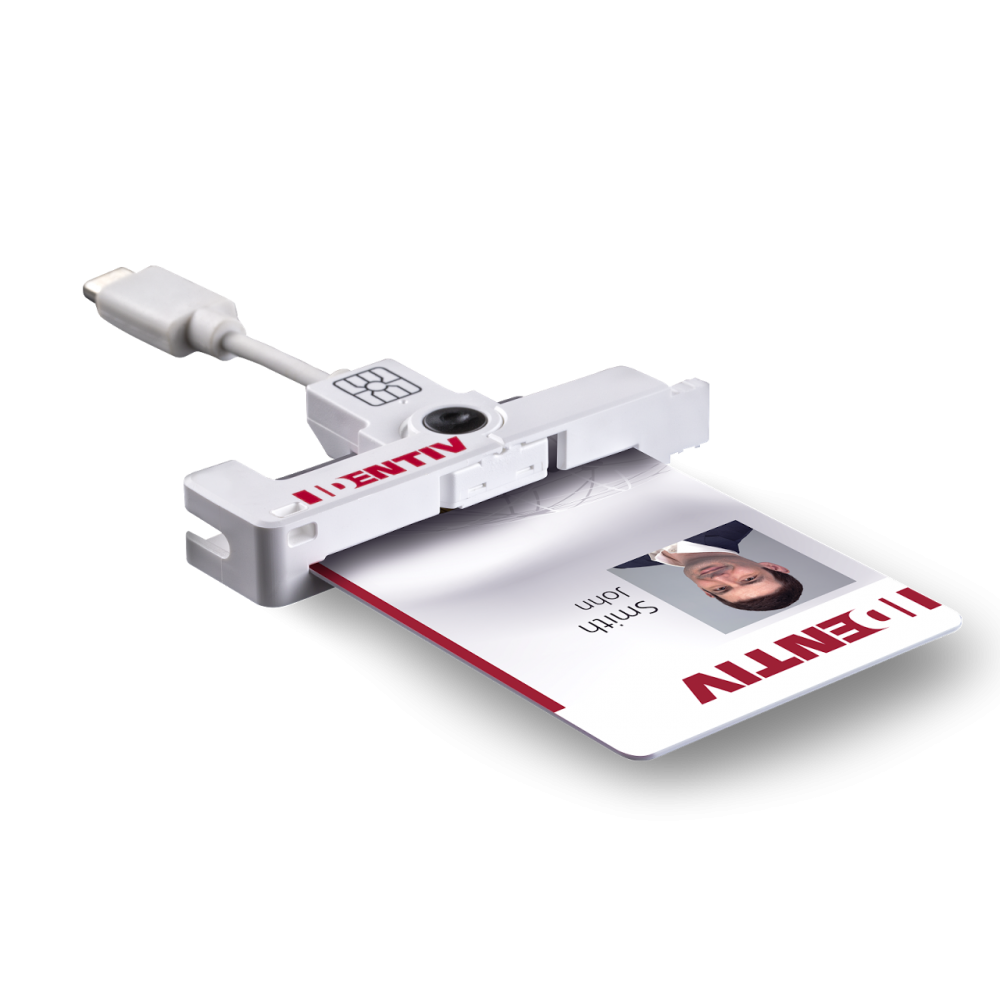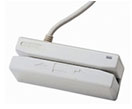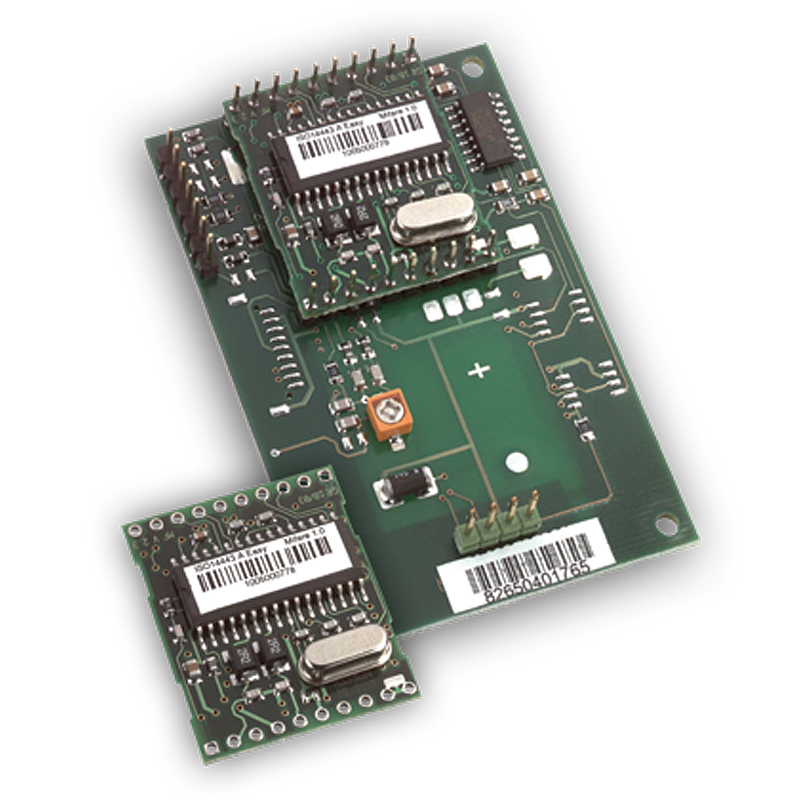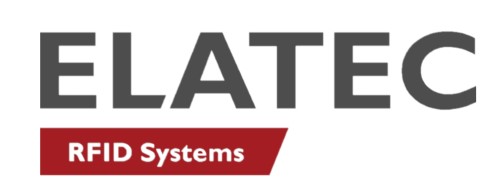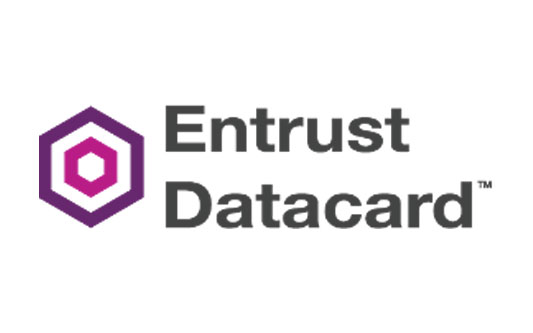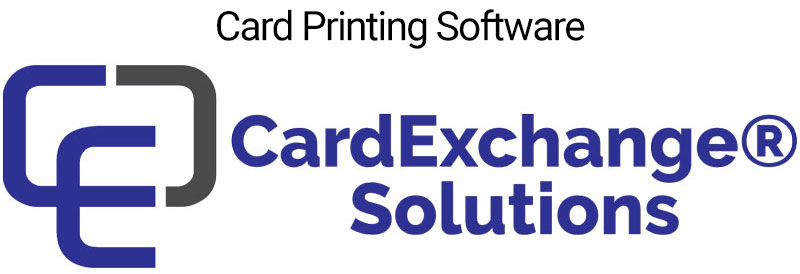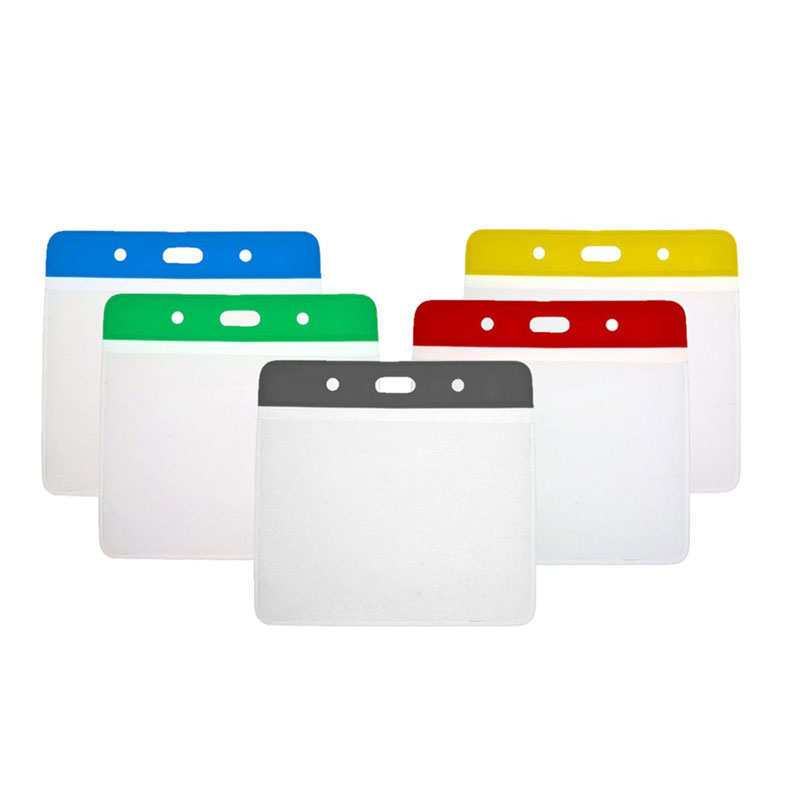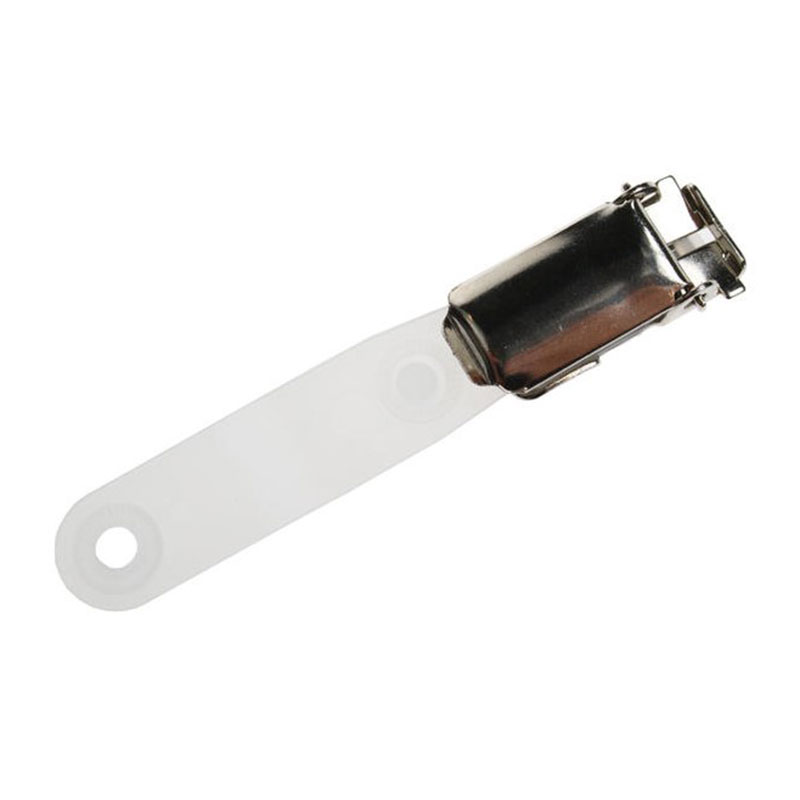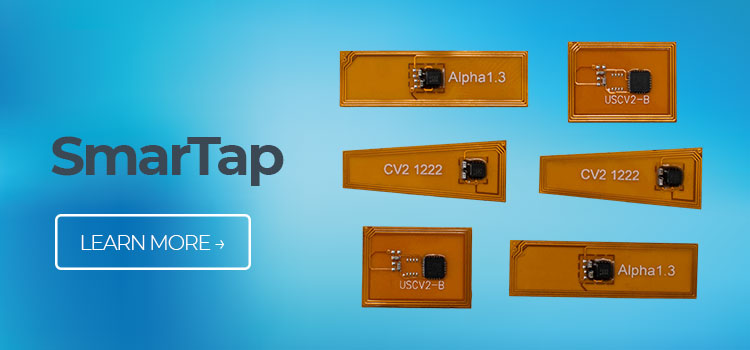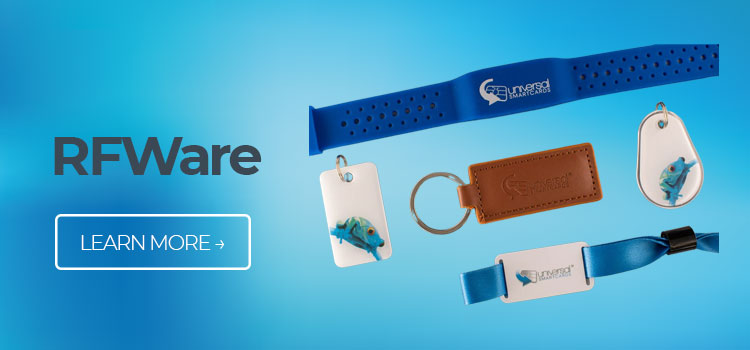
Is smart card cloning possible? The answer depends on what kind of smart card you're using and what it’s being used for.
Over the last few decades, society has enjoyed a wealth of exciting and revolutionary technologies — technology that continues to evolve daily.
However, consumers and businesses aren’t the only ones making good use of all that today’s tech has to offer. Card cloning has been a concept and practice for years, offering ill-intentioned parties a clever and effective way of copying card data and gaining access to its functions.
But can smart cards be cloned? We know that smart cards provide users a more secure, robust and convenient alternative to magnetic strip cards — but how safe are they? Let’s take a look.
What are Smart Cards?
A smart card is a plastic card containing an embedded integrated chip. Smart cards can be used for a wide range of purposes, such as:
The embedded chip can be a memory chip or an embedded microcontroller. Embedded microcontrollers can store data, perform on-card functions like encryption and authentication, or interact with smart card readers.
Related reading: The Different Types of Smart Card
What is Card Cloning?
Card cloning is a practice that has gone on for many years and caused a huge number of individuals and businesses a lot of problems.
Card shimming is where a person copies the information stored on a magnetic stripe card; all it requires is one swipe of a card on a compromised machine, and the data security is breached. That “skimmed” data is then loaded onto a blank card — the clone.
And as already mentioned, technology has continued to evolve to ensure this practice has become simpler, quicker and more efficient for the criminals using it.
So much so that in 2021, Mastercard announced its intention to completely move away from magstripe cards by 2033. Other banks and credit card companies have the same goal.
Of course, this decision will have been heavily influenced by the need to keep up to date with the newest hardware, but it also kills two birds with one stone, as magstripe cards pose more security risks to their customers. And the alternative they have opted for is EMV smart cards, featuring an embedded chip.
So it’s clear that card cloning poses a significant risk to businesses that rely on good data security at the heart of their operations.
How Does Card Cloning Work?
There are three main ways that cards can store data, and the kind of smart card you and your organisation uses will mean different processes for those fraudsters.
Magnetic Stripe
Look at the back of your current smart card (or bank/credit card). If you can see a grey, brown, or black strip that runs across the longest edge, that’s the magnetic stripe (often referred to as a magstripe). A magstripe works in much the same way as an old cassette tape — information is stored on the stripe and transmitted to a reader.
Credit card companies and banks are gradually phasing out magnetic stripes. That’s largely a response to how easily they can be cloned. The lack of encryption, combined with the fact that the data on a magnetic stripe is static (it can’t be updated and doesn’t record changes after use), made it only a matter of time before financial institutions took steps to phase them out.
Fraudsters know to clone a smart card that only contains magnetic stripe data. It doesn’t take long to browse the dark web to find cheap card skimmers.
Regarding payment and access control, magstripes are a low-cost and simple option. That's why, in areas where security is of higher importance, upgrading to a more secure RFID smart card is important. Those kinds of smart cards contain encrypted data that is nearly impossible for criminals to clone or duplicate.
However, using multi-factor authentication, such as a PIN code or biometric scan, significantly enhances the security of magstripe cards. While magstripes may be suitable for low-security situations, when protecting valuable information, it's crucial to stay ahead of clone fraud with advanced technology like smart cards.
EMV Chip Cards
Newer bank cards have an embedded chip, and smart cards use the same technology. The EMV microchip is a much more advanced way of storing data than a magstripe. Partly, that’s because every time there is an interaction or transaction between the chip and a reader, a record of what’s happened is made on the chip.
That record will contain data which is unique — and that code can’t be used again. So if an attempt at cloning is made, the information stolen by those with ill intent will be outdated, and the cloned data won’t be accepted. Replication is, therefore, impossible.
Of course, criminals adapt quickly. Their response to card skimming is called shimming. It’s nowhere near as prevalent (yet) as skimming, and it has yet to affect the smart card industry. It largely targets merchants and the people that buy from them.
Shimming works by the criminal managing to insert something called a “shim” into a card reader. That shim, which looks like a card, will then capture any card data. So when the criminal then inserts their blank card into a reader, the data from a previously inserted card will transit to theirs.
However, this hasn’t affected the smart card sector because even with shimming, scammers can’t clone an EMV card. They can use the data on the EMV chip to create a magstripe version of the EMV card. They can potentially use that data online or sell it on the dark web.
For example, if your EMV credit card is cloned using a shim, the person with your data can now go online and make purchases. They can only do so in sales where there’s no card required to be present, as they still won’t know your CVV number (the three digits on the back of your bank cards).
But as you can see, that’s not an issue with smart cards, which contain a variety of data that doesn’t correspond to those factors. For example, if your smart card is programmed purely for access control, every time you use it to access a building or room in your organisation, the card records and updates that data. A cloned card will read differently and will not get access.
Contactless Cards
The newest smart cards are contactless. They use radio-frequency identification technology (RFID) to transmit data between the card and the reader. They don’t need to be inserted into a smart card reader, so the threat of shimming is immediately eradicated.
RFID data transfer is significantly more secure and much faster when it comes to data transfer times.
The world of RFID cards is vast and varied, with options ranging from various form factors that cover everything from simple identification tags to highly secure smart cards. While some older RFID cards can be easily cloned, newer technology is much more advanced that renders them virtually impossible to duplicate.
These advanced RFID cards utilise encryption, digital signatures, and dynamic authentication to ensure the highest level of security.
Whether used as a payment card or for access control, these secure RFID smart cards provide peace of mind in today's technologically driven society. They are quickly becoming the preferred option in financial services and healthcare industries, where data protection is paramount.
The next time you consider using an RFID card for your business needs, inquire about its cloning abilities and choose a secure option for maximum protection.
Can Smart Cards Be Cloned?
The advantage of smart cards, when compared to magstripe cards, is the technology they possess.
Magstripe cards have been around for a very long time, affording criminals plenty of time to discover the necessary techniques and technology to clone them effectively. However, it’s often the case that a card’s data or intended functions are stored on the memory chip — rather than a magnetic strip.
This means that to clone a smart card efficiently, you would require technology to replicate the chip, as this is where the data is stored.
For example, if your business uses smart cards to control access to the building or record employee comings and goings, a third party would need one of your cards on their person to be able to use it. If you use magstripe cards (which are still a very useful solution), people using a card cloning device could make copies.
When it comes to cloning smart cards, it depends on the type of card you want to purchase, as certain models and types of cards (such as microprocessor cards) cannot be cloned.
In this regard, your best solution is to ask an expert before you make a purchase, for which Universal Smart Cards are happy to help.
Are RFID Smart Cards Invulnerable to Cloning?
With the proliferation of RFID technology, security is a pressing concern. Many wonder if RFID smart cards can be vulnerable to cloning, but the truth is that the best cards currently on the market cannot be duplicated. That being said, there are always additional steps you can take to enhance security.
One solution is to use RFID chips that employ modern encryption standards in data storage and communications. It's also important to choose chip technologies that hackers have not compromised. Finally, implementing multi-factor authentication can add an extra layer of protection for sensitive information.
Overall, smart card users can rest assured knowing that their data is secure with cutting-edge RFID technology.
As mentioned already, criminals are clever. It didn’t take them long to find ways to clone basic RFID cards, but there’s an incredibly simple solution to their contactless data scanning. There is a wide range of RFID Card Shield products available, making it impossible for even the smartest criminal to steal your data and clone your smart card.
Contact Universal Smart Cards Today
Are you looking to purchase smart cards for your business or for any other needs?
If security and the risk of card cloning are paramount to your business, then have a chat with USC, and we’ll be able to advise you appropriately. Get in touch today to discuss your requirements or concerns and get answers to any questions you have.
You can also contact us by phoning 0333 700 0078 or emailing [email protected] for further information.

